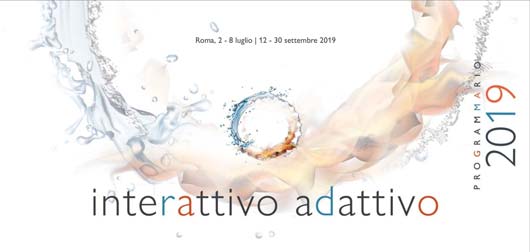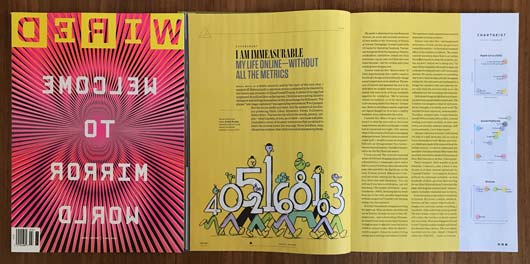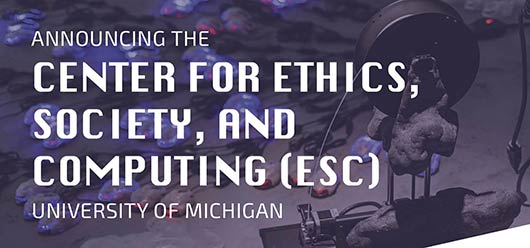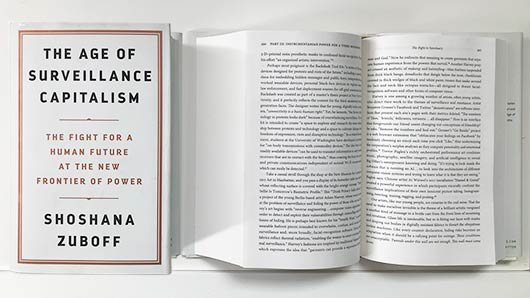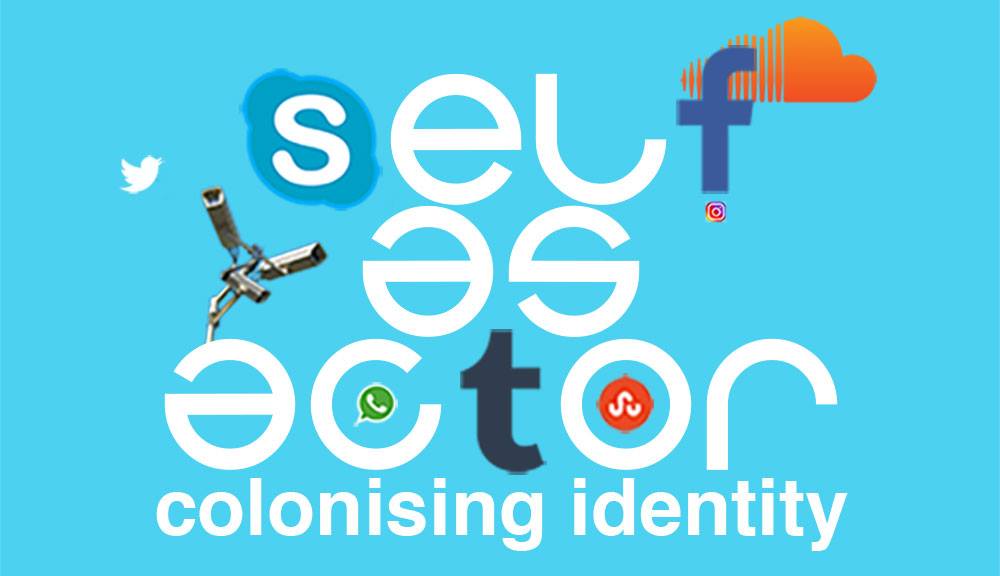In an article titled The Illinois Artist Behind Social Media’s Latest Big Idea, the new tech magazine OneZero wrote about my seven year (and going) project to “demetricate” social media. Will Oremus writes:
Grosser’s ideas, initially fringey and obscure, have gained traction over the years among tech critics and garnered mainstream press coverage. The CEOs of both Twitter and Instagram have articulated their rationales in terms that evoke Grosser’s critiques, noting how the visual prominence of like and follower counts can encourage people to treat the platforms like a competition. Even Kanye West has become an advocate of hiding metrics on social media.
Yet Grosser himself has gone unrecognized and unmentioned by the big Silicon Valley tech firms, even as they begin at last to incorporate fragments of the ideas that he has been propounding for so long. “It’s certainly been a strange ride to watch the ideas emerge in the public consciousness,” he said in a phone interview. After years in which it felt like he was shouting “demetrication” into the void, “It’s a bit disorienting to see everyone from Jack Dorsey to Kanye West to now Instagram talking about it.”
It’s a study in how a critique of technology that’s ahead of its time can be ignored for years, then suddenly catch fire in Silicon Valley when circumstances shift — and companies that once dismissed it find it in their interest to espouse. Whether they’ve actually taken it to heart is another matter.
The piece is comprehensive, and includes quotes from Twitter and Instagram. If you don’t already follow Will Oremus‘ writing about tech and culture, you should. He’s part of a small group of journalists doing important, considered, and critical writing about big tech.
One point of clarification in relation to the piece. Will writes about Facebook’s move to kick Demetricator off the Chrome Web Store in 2016, saying: “[Grosser] says it was due to a takedown request by Facebook.” For any journalists interested in this history, I’ll be happy to provide documentation of the takedown request, and the Electronic Frontier Foundation—who represented me pro bono in that conflict—is also happy to talk about the case. Just let me know.


